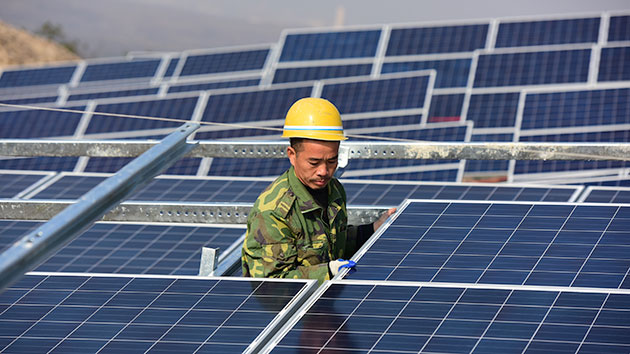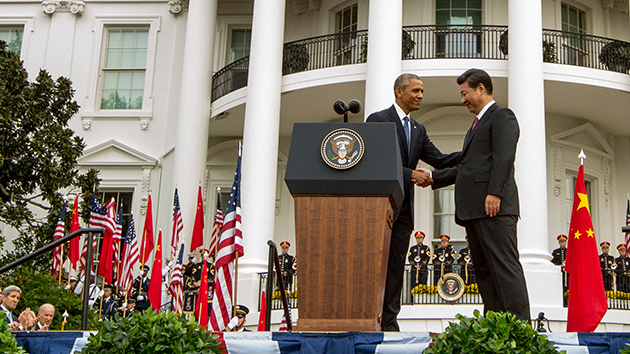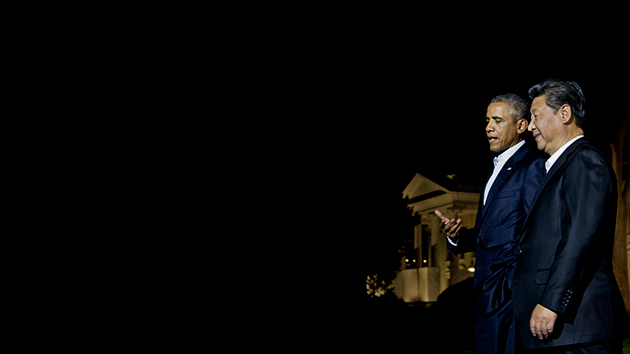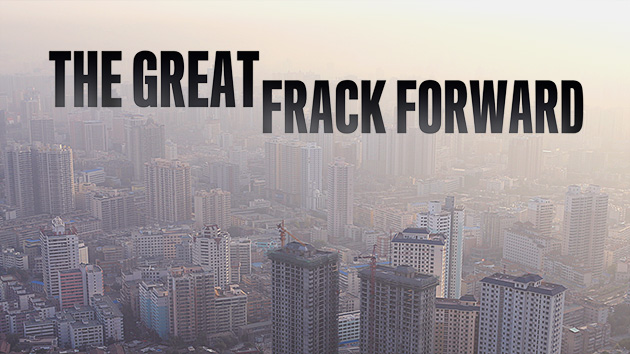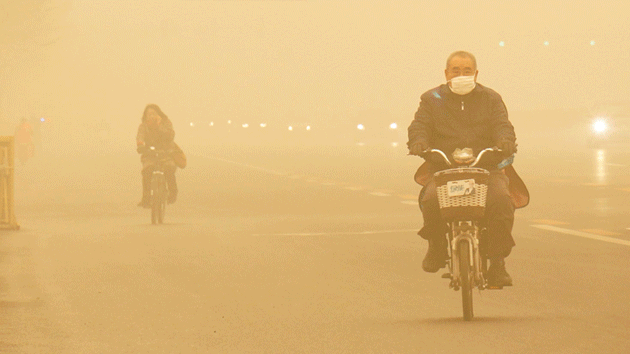
As anyone who follows her incomparable, emoji-drenched Twitter rants will know, Cher isn’t afraid to speak her mind. For example, the unapologetic diva blasted President Barack Obama for not doing enough to ease fears about ISIS in his Sunday night prime-time address. She is also in a long-running Twitter war with Donald Trump. Follow her. It’s the best thing you’ll do today.
Now, Cher is lending her famous voice to the fight for a better, cleaner world, in an innovative virtual-reality tour of China’s environmental emergency published by the Sierra Club on Monday. Throughout the short video, Cher explains how China has become the world’s leading emitter of carbon dioxide, and how putrid air filled with poisonous sulfur leads to 4,000 premature deaths every day in China (true), and two birth defects every minute (also true, but a pretty old statistic at this point). In addition to that, pollution from China’s environmental crisis travels outside the country’s borders, to Japan and farther afield, all the way to the United States—something we’ve reported on before. While you watch the video, use your mouse to grab the screen and swivel it around for a complete 360-degree view of the polluted Chinese countryside:
There are, however, some factual issues with the Sierra Club’s video about China. The environmental group says Chinese companies deliberately manipulated official energy figures to hide a massive 17 percent gap in coal-burning data. That’s a figure that was widely reported after the New York Times published an article in November that said, “The increase alone is greater than the whole German economy emits annually from fossil fuels.” But to be clear, there is no evidence to suggest that Chinese companies, or even the government, hid or fiddled with data in a nefarious way. The explanation, it seems, is far more boring: an official revision of energy statistics that took into account more information. As I reported at the time, energy experts at prominent environmental organizations, as well as United Nations officials, have long been aware of the revisions, and the news hasn’t affected what we know about the long-term trajectory of China’s emissions. (I’ve reached out to the Sierra Club for clarification on this point.)
The video does paint a devastating picture of China’s so-called “air-pocalypse,” the cloud of particulate matter spewed from coal-burning power plants and car tailpipes that blankets many Chinese cities for much of the year, especially in winter when heaters are turned on. “Walking through Beijing was like strolling through a coal mine,” wrote New York Times China correspondent Edward Wong on Wednesday. As the high-stakes Paris climate talks continue this week, Beijing officials issued the first-ever “red” alert for the city since a new health warning system was instituted in 2013, meaning schools and factories were shuttered, and cars were forced off the road.
While confronting the emergency at home, Chinese leaders are taking a leadership role in the Paris talks, having already pledged the creation of a national carbon emissions trading system by 2017. In addition, China forged a historic deal with the United States to begin curbing emissions. The country has also ramped up clean energy production by an astonishing amount, eclipsing US efforts.

